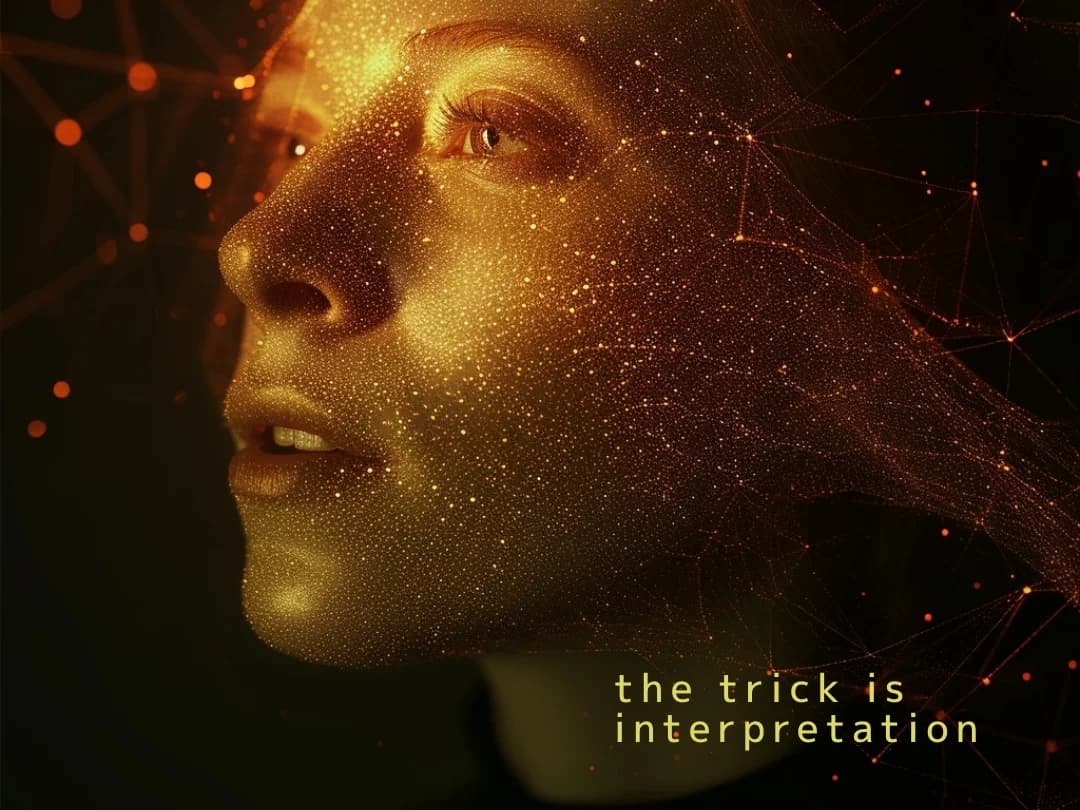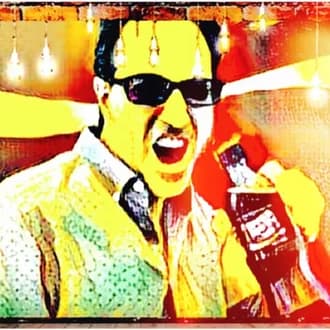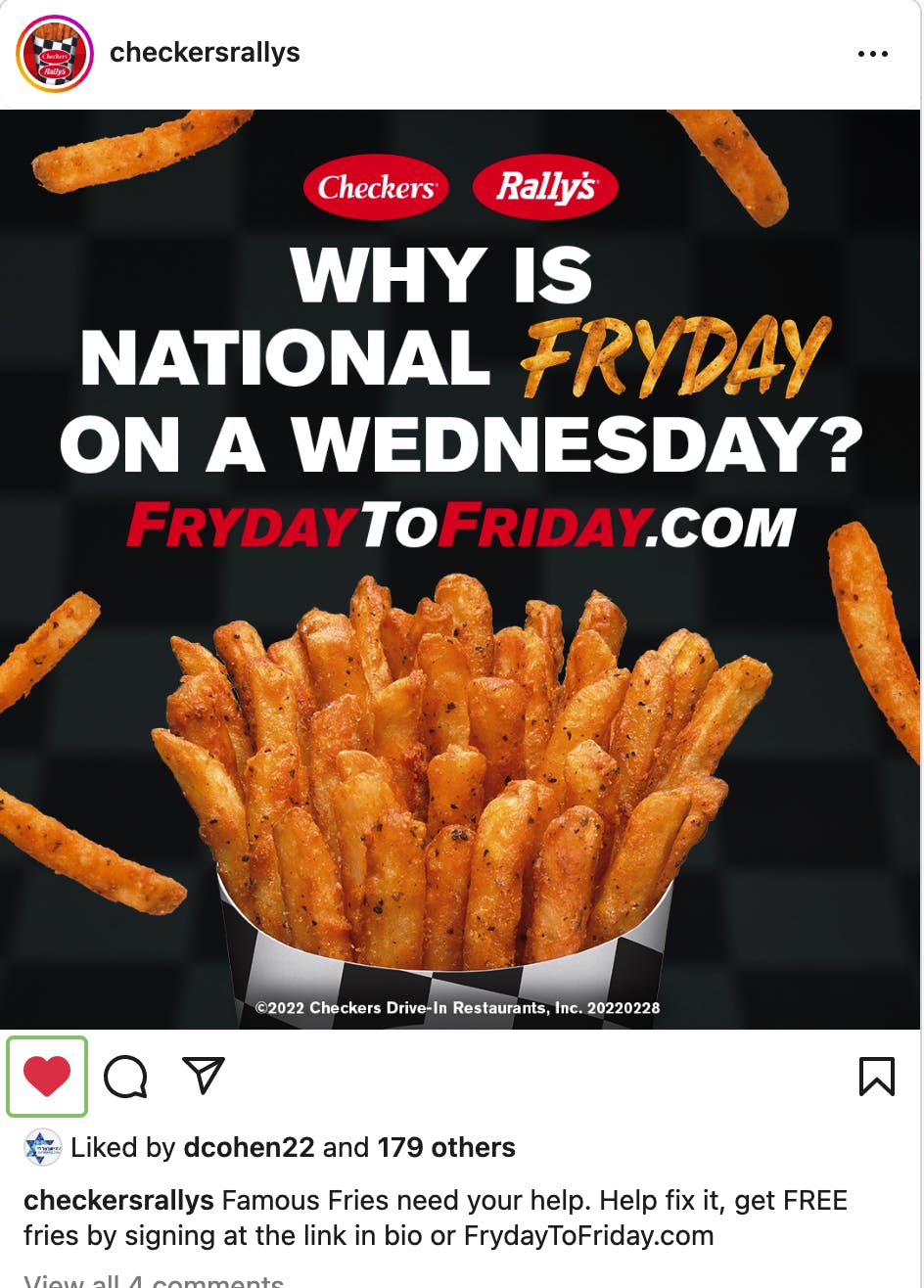
"A.I. Conjurer"
Concept Artist
Creative Director
Art Director

While at Saatchi/NY, my team and I were asked to do a holiday campaign for the Prius, as they were just releasing a whole line of the popular model. We came up with LIFE AFTER SANTA. The premise was "Santa bought a Prius, so, not needing his reindeer anymore, he fired them." And that's a good thing, because all 8 of them could now come to New York to follow their true dreams. (Hint: It wasn't to lug around presents for the world's children). We cast 8 comics as the reindeer, put them in hilarious costumes and shot an experiential/video/digital campaign that traversed the entire city. In each video and conversation, the reindeer would explain why he or she was in New York - all thanks to Santa realizing that Prius would be a better than 8 aging reindeer. A shoestring budget. Amazing talent. Solid concept. Sub-zero temps shooting in NY outside in December! Millions of impressions. Memorable? I'm still healing my frostbite.
I've certainly come up with some strange shit that I can't quite put into words. But it's rare; probably since I tend to think in pragmatic terms. I'm not interested in coming up with ideas that I can't verbalize - you know, since I'm a writer first - but it doesn't mean it won't take time and effort to actualize the concept.

It's paramount. If you're crystal clear on who you're targeting, with strong consumer insights, it should inform the brand identity at its core. In this case, the data can also point to flaws in the product or service. And that's good news. If you're having trouble morphing and connecting the identity to the core audience, you've got trouble that the best comms plan won't be able to fix.

Best case scenario, the creative team should understand the client's vision/intention/fears/goals/agenda, long before any work is conceived. That way, the "style" of the work is aligned with the client's needs. I have several styles. I think that's one of the things that makes me a successful creative director and copywriter.
1) Fighting for the most creative solution only goes so far. If it scares the client, state your case, then let it go.
2) Sharing ownership. When you allow other team members - clients especially - to feel they were part of the creative, you're much more likely to sell, produce and get great results.

Every single pharma project! Pharma is a strange animal; especially campaigns directed toward healthcare professionals. The reason they're the most challenging is because they're usually based on the same insight: They want their patients to feel better.
An octopus.
With a smile.